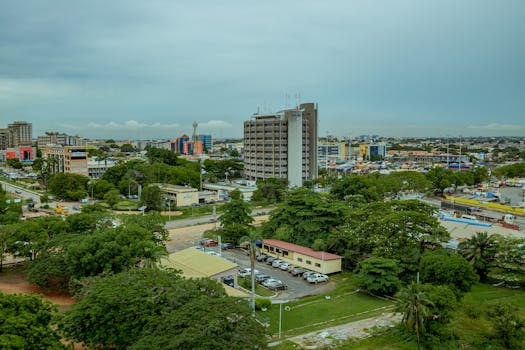
Grassroots Growth: The Impact of Local Fiber Producers on Africa’s Economy
Local fiber producers are playing a crucial role in driving grassroots growth and economic development in Africa. The continent is home to a vast array of fiber-producing crops, including cotton, jute, and sisal, which are used to produce a wide range of products, from textiles and clothing to paper and packaging materials.
Introduction to Local Fiber Production
The production of fiber is a significant sector in many African countries, with millions of people employed in the industry. Local fiber producers are predominately small-scale farmers, who cultivate and harvest fiber-producing crops, which are then processed and sold to manufacturers. The fiber production industry is a vital source of income for many rural communities, and it also provides a range of benefits, including food security, employment, and economic empowerment.
The Impact of Local Fiber Producers on Africa’s Economy
The growth of local fiber producers in Africa is having a significant impact on the continent’s economy. The industry is providing a range of benefits, including job creation, income generation, and economic growth. According to a report by the International Fund for Agricultural Development (IFAD), the fiber production industry in Africa has the potential to create over 10 million jobs and generate over $10 billion in income per year.
In addition to the economic benefits, local fiber producers are also playing a crucial role in promoting sustainable development in Africa. The production of fiber is a sustainable and environmentally friendly process, which can help to reduce the continent’s reliance on imported products and promote the use of local materials. This can help to reduce carbon emissions, promote energy efficiency, and support the development of sustainable agriculture practices.
Challenges Facing Local Fiber Producers in Africa
Despite the many benefits of local fiber production, the industry is facing a range of challenges in Africa. One of the main challenges is the lack of access to finance, which can make it difficult for small-scale farmers to invest in their businesses and expand their operations. Other challenges include the lack of access to markets, the high cost of production, and the limited availability of technology and equipment.
To address these challenges, governments and development organizations are providing a range of support to local fiber producers, including training and capacity-building programs, access to finance, and market development initiatives. This support is helping to promote the growth and development of the industry, and to ensure that local fiber producers are able to compete in national and international markets.
Conclusion
In conclusion, the growth of local fiber producers in Africa is having a significant impact on the continent’s economy, driving grassroots growth and economic development. The industry is providing a range of benefits, including job creation, income generation, and economic growth, and it is also promoting sustainable development and reducing the continent’s reliance on imported products.
To support the continued growth and development of the industry, it is essential that governments and development organizations provide ongoing support to local fiber producers, including access to finance, training and capacity-building programs, and market development initiatives. This will help to ensure that the industry is able to reach its full potential and make a lasting impact on the lives of millions of people in Africa.



